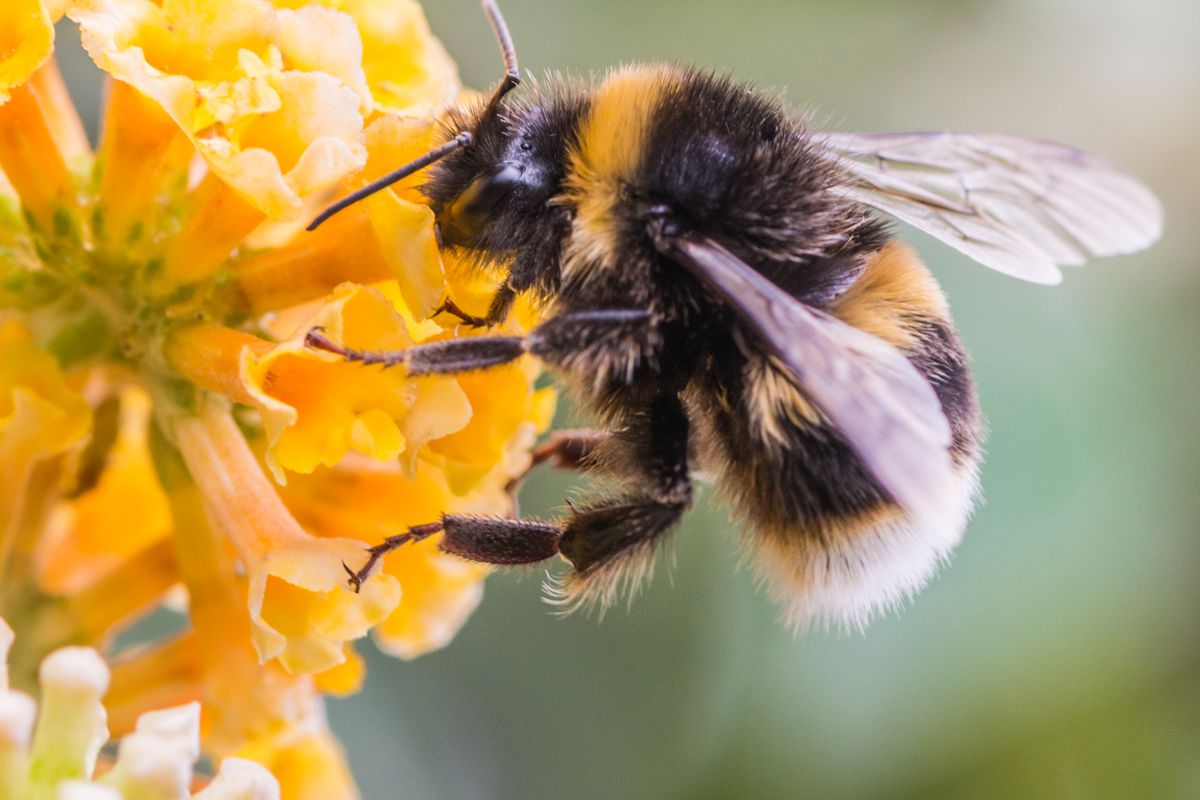

Bees are commonly known as pollinators. If fact, they are some of the best and most effective. Ninety percent of flowering plants in the wild need animal pollinators. Pollination is the process by which animals help plants to produce fruit by transporting pollen from one flower to another. This means anything with seeds on the inside, including the fruits and vegetables we eat. Without this process, flowering plants will sharply decline. This would have dangerous consequences for all ecosystems and economies. Globally, pollinators are responsible for pollinating more than 1,200 different crops. 75% of our food crops depend on pollinators.
Each year, pollinators contribute roughly $217 billion to the global economy, and $24 billion to the US economy. This estimate doesn't even include the indirect products of plants, such as milk and beef from cows fed on alfalfa. This would bring the value of pollinator services in the US to $40 billion. Honey bees are the species most commonly used as commercial pollinators in the US. They are used to pollinate over 100 crops grown in North America, and contribute $15 billion to the US economy every year. Many crops, such as almonds, which contribute $4.8 billion to the US industry each year, rely on honey bees for more than 90% of their pollination.
| Type of Bee | Job Description | Estimated Global Impact |
|---|---|---|
| Honey Bee | Pollinate virtually any crop, produce honey and beeswax | $20 Billion |
| Native Bees | Pollinate berries, alfalfa, and citrus fruits, supplement to commercial honey bee colonies | $4 Billion |
| Midge | Pollinate cacao plants | $5.7 Billion |
| Source: Forbes.com | ||